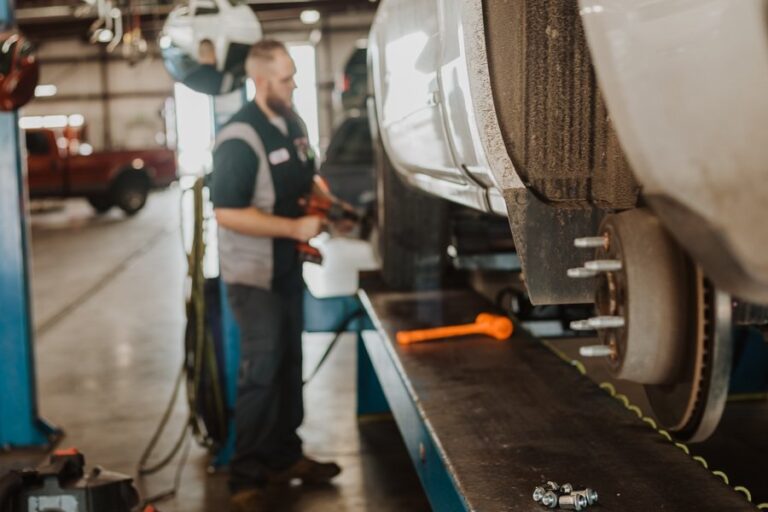Often occurring at the worst of times, a flat tire can be an unexpected and unpleasant issue. Still, with good observation and a proactive attitude, you can spot the indicators of a flat tire before it becomes a safety concern. Here’s how you guarantee safer driving and spot flat tires early on.
Understanding the Causes of Flat Tires
Different causes can lead to flat tires, including worn-out tire tread, slow air leakage, or punctures from sharp things. Temperature variations can also influence tire pressure, leading to a slow but consistent air loss. Knowing these factors helps drivers remain alert and act early to spot problems. If you’re dealing with tire issues, visiting a reliable Tire Store in Carthage, MO, can provide expert solutions and keep your vehicle road-ready.
Regularly Inspect Your Tires
One of the easiest and most successful approaches to find flat tires early on is a visual one. Spend some time looking at every tire before starting the road trip. Clearly indicative of problems are uneven tire look, bulges, or obvious deflation. A tire that lays lower to the ground or seems flatter than the others may need quick treatment.
Monitor Tire Pressure Consistently
Tire pressure is crucial to avoiding flat tires. Modern cars sometimes contain a tire pressure monitoring system (TPMS) that alerts you when pressure drops below recommended levels. If your automobile lacks TPMS, check tire pressure monthly or before long trips with a reliable gauge.
Pay Attention to Driving Feel
The way you handle your car can give early hints about a possible flat tire. A tire losing air could cause the car to shake strangely or drag to one side. It’s time to stop and check the tires if you experience a thumping sensation or hear odd noises while driving. Ignoring these symptoms can cause a full-fledged flat or perhaps a deadly blowout.
Watch for Slow Leaks
Though they can be as troublesome, slow leaks are more difficult to find than rapid punctures. Over time, air leaks from a tiny breach or a weakened valve stem. Watch your tire pressure over many days to identify these leaks. Consistent tire pressure loss indicates a slow leak that calls for expert repair.
Act Promptly at the First Sign of Trouble
Address a flat tire or any warning signals right away if you suspect one. Driving on a broken or underinflated tire could aggravate your issue and compromise your safety. See a reliable auto repair shop to have the tire examined and either changed or fixed as necessary.
Conclusion
These habits can help you improve your safety, find flat tires early on, and guarantee a better driving experience. Being proactive not only saves you from hassle but also helps you avoid maybe harmful traffic conditions.


